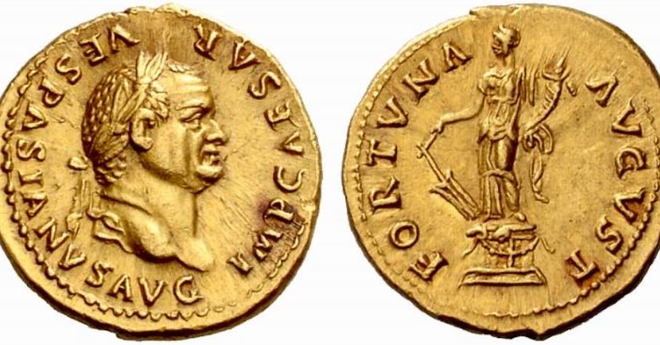The history of ancient Rome repeatedly demonstrates the connection between low taxes and prosperity. It also shows the connection between confiscatory taxes and political and social unrest.
As the Roman empire expanded, so did the emperors’ appetites for revenue. Taxes reached the point that most people could not meet their tax burdens out of their incomes and had to liquidate capital assets. They consequently became less productive, which reduced their income and caused them to fall further and further behind.[1]
Government confiscation of property to pay taxes was common. In Egypt during the reign of Nero, some farmers found the burden of taxation so great that they abandoned their farms.[2] Entire villages were depopulated. Abandonment and confiscation became so widespread that one of the most frequently asked questions of temple oracles about a perspective groom was whether he would eventually run away or have the State take all of his property. The middle class was systematically destroyed as commerce ground to a halt and small landowners gave up their property to work under the protection of the politically connected owners of great estates.[3]
To relieve the economic pressures, successive emperors debased the currency, which made matters worse because it caused inflation.[4] Diocletian, emperor from 284 to 305 A.D., attempted to counter the economic instability caused by his policies of high taxation by the unprecedented act of setting fixed prices for all goods and wages. Wheat, barley, rye, pheasant, and even sparrows and mice were among the goods under price control. The penalty for producers who disobeyed the price edict was death. The resulting damage to the economy was disastrous. In the words of Lactantius, a historian who lived during the era of Diocletian, “nothing appeared on the market because of fear, and prices soared much higher.”[5]
Diocletian’s ruthless policies were continued and even expanded upon by his successor, Constantine. According to Libanius of Antioch, a writer contemporary to the time, “those for whom the work of their hands scarcely furnishes a livelihood are crushed beneath the burden.” He continued:
The lowest cobbler cannot escape from it. I have seen some who, raising their hands to heaven . . . swore that they would pay nothing more. But their protests did not abate the greed of their cruel oppressors, who pursued them with their threatening shouts and seemed quite ready to devour them.
It is the time when slavery is multiplied, when fathers barter away the liberty of their children, not in order to enrich themselves with the price of the sale, but in order to hand it over to their prosecutors.[6]
To extract money, the authorities routinely tortured and beat taxpayers. Constantine eventually addressed this abuse by issuing an edict banning the use of the rack and scourges to “persuade” reluctant taxpayers to provide additional money; he also reduced some taxes. However, the tax system continued to routinely employ such punishments as beatings and imprisonment, and rates were much higher than most people could afford.
Historians agree that these foolish fiscal policies greatly contributed to the collapse of the Roman empire. Indeed, some historians consider it to be the primary factor for the fall of Rome. In the words of Michael Grant, “it was a crushing tax system, which ultimately defeated its own purpose, because it destroyed the very people (farmers and merchants) who had to pay the taxes.”[7]
This blog post has been reproduced with the permission of the Foundation for Economic Education. The original blog post can be found here. The views expressed by the author and the Foundation for Economic Education are not necessarily endorsed by this organization and are simply provided as food for thought from Intellectual Takeout.??????????????????????????????????
1. Arthur E.R. Boak and William G. Sinnigen, A History of Rome to A.D. 565 (New York: Macmillian, 1965), p. 371.
3. Michael Grant, Constantine the Great (New York: Charles Scribner’s Sons, 1994), p. 90.
5. Moses Hadas, Imperial Rome (New York: Time-Life Books, 1965), p. 145.
















Leave a Comment
Your email address will not be published. Required fields are marked with *